How South Australia killed the voice to parliament
The failure of the Yes campaign to read the public mood resulted in complete humiliation in South Australia.
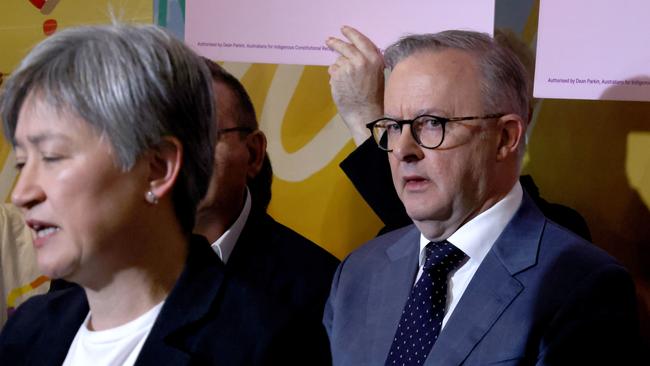
The failure of the Yes campaign to read the public mood resulted in complete humiliation in South Australia, with the state earmarked as a likely Yes delivering the second-biggest No vote in Australia with all 10 of its federal electorates rejecting the voice.
Anthony Albanese and Yes tacticians placed so much store in the SA result that they started and ended their formal campaign in SA, the Prime Minister officially launching the Yes campaign in the northern suburb of Elizabeth on August 30 and ending with a photo shoot in the seaside beach suburb of Glenelg last Friday.
Their thinking was that an appeal to SA’s progressive traditions as the first state to embrace female suffrage, land rights laws and the decriminalisation of homosexuality would help get the voice over the line.
The complete reverse happened, with Saturday’s resounding result showing that the more South Australians saw and heard about the voice, the less they liked it.
From a crowded field, how’s this for a statistic – in Elizabeth, where the Yes campaign was launched, the home of Jimmy Barnes and the former Holden factory, the No vote stands at 72 per cent, the highest in any Labor seat in Australia.
The result echoes the analysis in The Australian a month ago that Yes tacticians were placing too much store on Adelaide’s inner-city, arts-loving liberal voters, ignoring the fact that SA’s suburban and regional population is much older and much poorer than in the eastern states.
These were the voters the Yes campaign failed to reach, as evidenced by one SA visit by the PM three weeks ago where he campaigned on the elegant cafe strip known as The Parade in the eastern suburb of Norwood, the spiritual home of flamboyant left-wing premier Don Dunstan. In a tactical sense it was the equivalent of walking the length of Darling Street, Balmain, to take the pulse of the people.
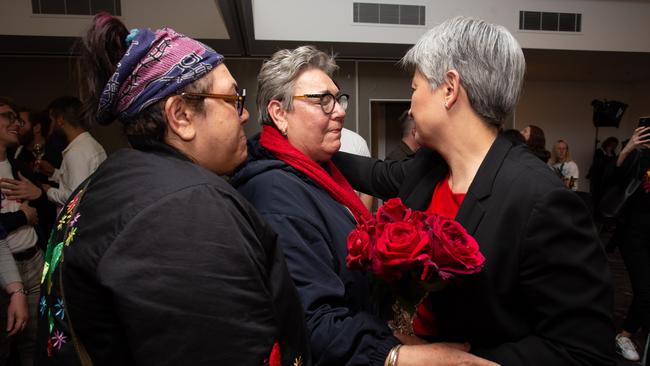
As of midday Sunday the statewide result stood at 35.61 per cent Yes and 64.39 No, with only Queensland delivering a bigger No vote, and SA’s Yes vote standing five points behind that of Tasmania and NSW and 10 per cent behind Victoria.
A closer analysis of the results shows devastation for the Yes vote in rural SA, with the No vote topping 80 per cent in much of the Far North and South-East.
While a rural rout was expected – the Liberal member for the northern seat of Grey Rowan Ramsey told The Australian last month he expected an 80-20 No vote – it was suburban Adelaide which delivered the biggest rebuff to the Yes campaign.
For the past two months the Yes campaign focused heavily on the city seats of Boothby and Sturt as pivotal to the result. Boothby was won by Labor last year for the first time since 1949 after former Liberal MP Nicolle Flint quit politics; Sturt is the former stronghold of Liberal moderate powerbroker Christopher Pyne but almost fell to Labor at last year’s poll.
Despite the efforts of Yes campaigners, the No vote prevailed comfortably in both those seats, with even the richest and most left-leaning seat of Adelaide returning a No vote by a slim margin.
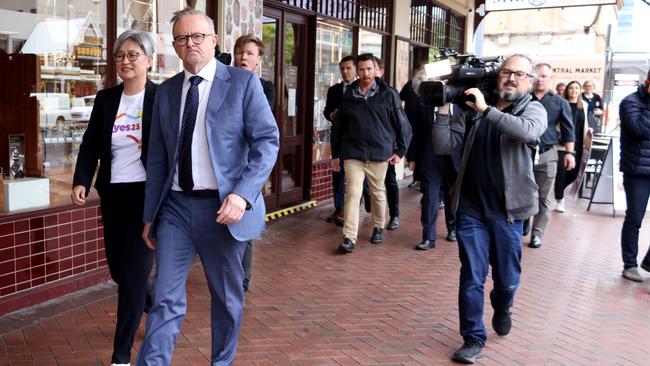
The statewide story of the result can be told in the sprawling southern beach suburb of Aldinga. The booth at the southern end of Aldinga known as Aldinga Beach is filled with expensive weekenders owned by well-off city residents and environmentally-friendly, off-grid housing owned by Green-voting residents. Here the Yes vote is well ahead but in central Aldinga, which is home to many aged pensioners, tradies and young first homebuyers, the booth at the local shopping centre is returning a resounding No.
One man who saw the result coming was Opposition Leader David Speirs whose state seat of Black is just up the road from Aldinga and includes a swath of new land-release suburbs accommodating Adelaide’s southern sprawl. Speirs has spent much of the past month on pre-poll booths in the suburb of Hallett Cove. He told The Australian four weeks ago that he believed the SA Yes vote was “in free fall”.
“I would almost bet my house on it losing in SA,” Mr Speirs said last month. I wouldn’t be surprised if the result ends up being 70 No and 30 Yes in mortgage belt seats like mine.”
Speirs' assessment proved completely accurate with all five Hallett Cove booths delivering a No vote, the most comprehensive margin at the Hallett Cove Lutheran Church where so far 4713 No votes have been counted versus 2017 Yes votes.
“Mr Albanese has got a hell of a lot of questions to answer,” Mr Speirs told The Australian on Sunday. “It didn’t need to be this way, we didn’t need to have a referendum like this. He has unsettled a lot of people, Aboriginal and non-Aboriginal.
“The problem with the voice was that it ran contrary to the fabric of Australia, that egalitarian nature that we all love.
“Hallett Cove is basically Australia. It’s a classic hardworking suburban mortgage belt area. You get a clear sense of what is going to happen not just locally but nationally by talking to people here.

“The Yes campaign thought that people would switch on at the end and go yes. What happened was that people had already switched off and gone no. They had had a gutful of hearing about it. It was like, please, can you just move on and reduce my energy bill?”
Mr Speirs also said the Yes campaign on the ground had a “FIFO” quality with figures such as voice co-architect flying in and out of SA whereas the No vote was prosecuted persuasively locally by new SA Liberal Senator Kerryn Liddle who teamed up with Jacinta Price in high-profile attacks on the proposal.
The thumping No win means that SA is now in the unusual position of delivering the second-highest No vote in the land yet being unique in having its own voice to parliament, with the Malinauskas government confirming it will still press ahead with state voice elections in March next year.
Mr Malinauskas told The Australian on the eve of the referendum that the result would not deter the Government from implementing its own voice, which unlike the federal model was legislated with the bill passing SA parliament earlier this year.
“As far as we are concerned it is happening here anyway,” Mr Malinauskas told The Australian. “What we have got in SA is different by the fact that it is legislated.”
But Mr Speirs said the resounding Yes vote on Saturday meant South Australians would be confused when the local voice started next March.
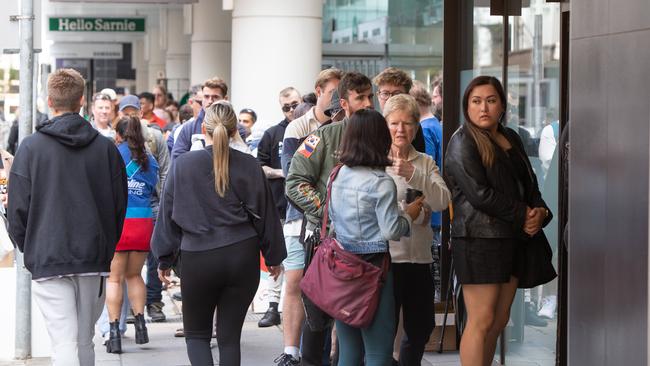
He also revealed that the Liberals would monitor the workings of the voice and were open to campaigning at the 2026 SA election for its abolition if it proves to be a brake on the workings of government.
“We don’t even know how it is going to work yet so we will have to wait and see,” Mr Speirs said.
“But because it has been legislated we are open to amending it if it is not working properly or even to abolishing if it proves to be completely unworkable, but we will wait and see.”
Privately one senior member of the Right Faction-dominated Malinauskas Government told The Australian that they regarded the Yes campaign as “one of the worst election campaigns” they have ever been involved in.
The Labor figure said he believed the Yes vote was “doomed from the moment Albo thought it was a good idea to stand up with Alan Joyce with those painted Yes jets”.
“The idea that that was going to win over a single voter in the outer suburbs struggling to make ends meet was probably the dumbest thing I have ever seen in politics,” he said.


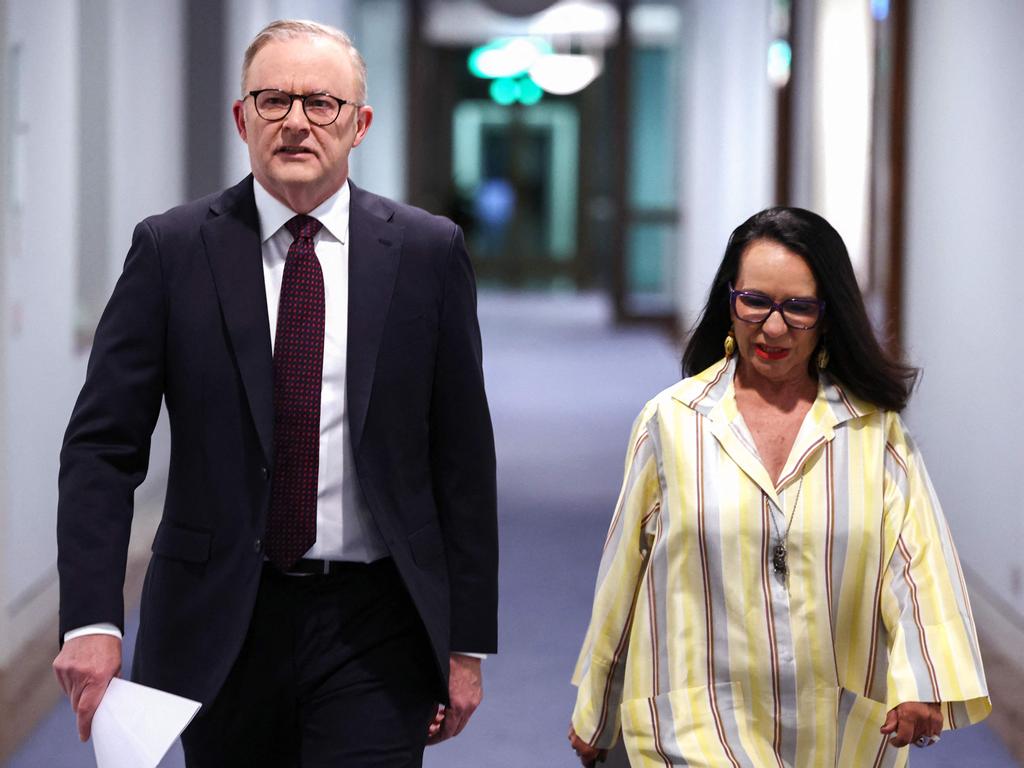

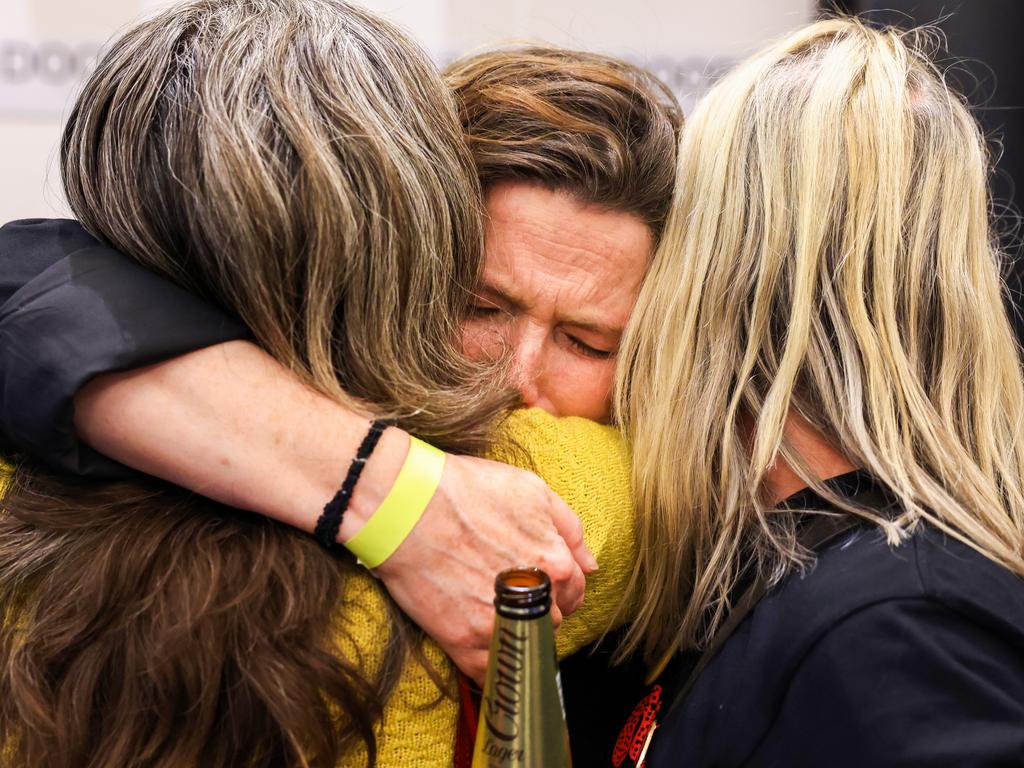
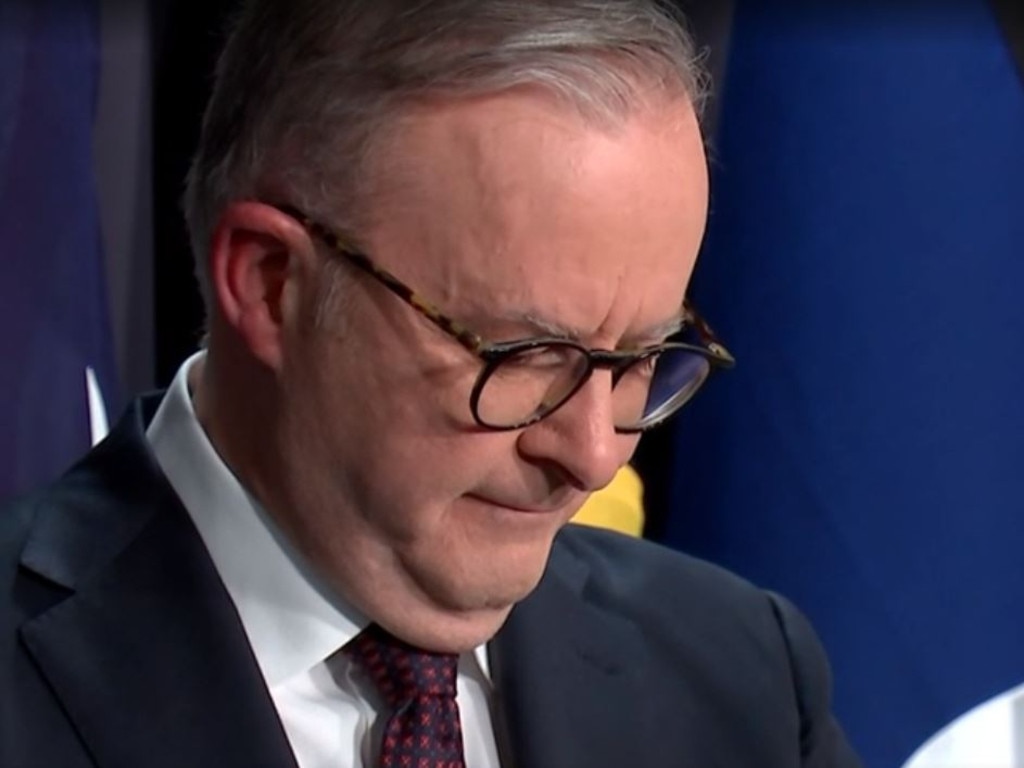


To join the conversation, please log in. Don't have an account? Register
Join the conversation, you are commenting as Logout